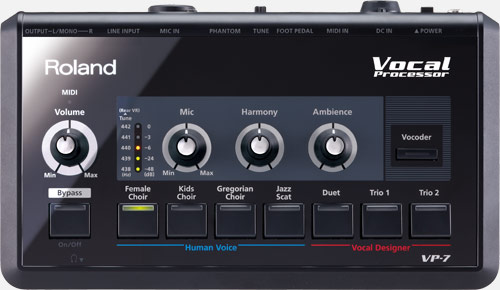Reside Vocal Processing
On phase, it is certainly not unusual to see guitarists, and even bassists using floor-based results pedals in order to manipulate their sound to match their instrumental performance with what they hear in their heads. Wah-wah pedals, distortion pedals, and even complicated effects cpus which allow for digital music looping and pre-programmed effects are fairly common in the guitar world.
On the other hand, what is unquestionably unusual is to see a singer using the same form of equipment to enhance their vocal performance. While in the studio, pretty for singers to use all sorts of audio tracks equipment in order to boost their vocal paths, that is not often translate to the stage, especially not by using a method that the singer can control in real time.
Many different studio effects can be replicated with vocal floor processors. This sort of equipment is meant to lie flat on the stage floor, like a guitar processor, and allow the vocalist to use their feet to alter the types of vocal effects that can be applied. There are many results available in these models which can help a singer re-create the same performance that has been captured in a studio recording. Multi-voice harmony may take a singer's voice and then electronically clone it in order to instantly create several harmony parts in tune with the current vocal. Additionally, it may allow a second singer to include multiple harmony components to the lead singer's performance utilizing their voice instead. Double-tracking, in which a singer includes several different takes of a vocal track into a layered version of the lead vocal, can be accomplished with this type of processor. This can add a richer, larger sound to the singer's voice, allowing Review processors him or her to lower their own quantity and preserve their singing cords for repeat activities.


Of course, it's not only vocal-specific effects that are locked up inside these kind of devices. The standard effects offered to guitarists or other musicians can be employed by singers. Reverb and delay are a pair of the most popular typical effects when it comes to performing, and both can be employed in order to boost the drama or poignancy of a vocal track. Regarding singers who are enthusiastic about exploring the more extreme side of effects processing, distortions and phaser outcomes can transform the human tone into something almost distorted. A special foot-pedal allows vocalists to roll outcomes on and off in order to organically mix them into the overall sound they are attempting to achieve.
Some singers do not feel comfortable controlling this type of equipment during a show, and they would rather leave their vocal processing in the hands of the noise engineers who are mixing the concert. For higher-budget productions who can pay for personnel to track dedicated sound cues, rack-mounted types of vocal processing equipment are in the same way useful for getting the most out of a singer's tone of voice. Rack mount equipment is a little more fragile than floor processors, but it also usually has more options and more power loaded inside its casing.